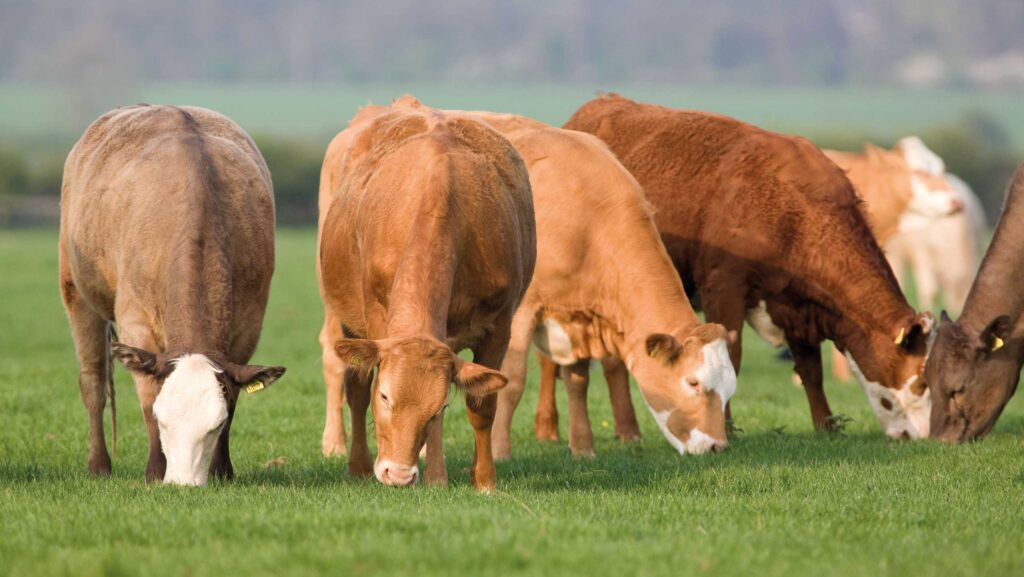Business Clinic: Advice on options for grassland in semi retirement plan
 © Tim Scrivener
© Tim Scrivener Whether it’s a legal, tax, insurance, management or land issue, Farmers Weekly’s Business Clinic experts can help.
Anna Hicks, an associate partner with Carter Jonas, sets out the options for grassland after the cattle are sold as part of a retirement plan.
See also: Business Clinic: can we convert farm building to a large house?
Q: I am 85 and have 100 acres of grass in south-west England on which I run a profitable beef business.
However, I am selling the whole herd as part of my retirement plan. I have no successor, but want to keep the land and need to come up with an alternative plan for its use.
Ideally, we would like to keep farming, but without livestock. We recognise this would be a big challenge. I would consider some sort of environmental use, but not trees because of their permanence.
A: Without knowing the precise location and characteristics of your land, it is difficult to give tailored advice, but here are some broad options that might help shape your thinking.
As you are keen to keep farming, the first step is to assess whether any of the land could be converted to arable use.
Even if only a few fields are suitable, introducing an arable rotation, possibly alongside a stewardship option, might be worthwhile.
If the grassland is classed as permanent pasture, you would need to carry out an environmental impact assessment before conversion.
If arable production is not feasible, producing high-quality hay or haylage could be an option, particularly if you are in an area with demand.
You would also need adequate winter storage facilities to be able to sell the produce over a period of months.
Environmental schemes
The Sustainable Farming Incentive (SFI) was paused for new applications in March, but a new version is expected (likely in 2026).
Once details emerge, it might offer suitable grassland management options. Higher Tier Countryside Stewardship is another possibility, though it is at present invitation only and mainly suited to land with notable environmental or historical value.
You could also consider a grass keep arrangement, selling the grass to another livestock farmer while retaining management control of the land.
You would handle activities such as hedge cutting, fertilising and rolling, and receive a licence fee for the sale of the grass. In future, this income might be supplemented by SFI payments.
If you are open to letting the land, a farm business tenancy could be the simplest route.
It would require minimal capital investment or management time, but you would relinquish management control and would no longer be considered to be farming the land in your own right.
While you have said you want to keep the land, it is worth noting that selling could release capital, which if reinvested elsewhere might yield a higher return.
However, keeping the land is usually the most tax-efficient way to pass it on to whoever you leave it to in your will.
Natural capital schemes, such as biodiversity net gain, are typically long-term commitments (30 years-plus) and come with management obligations.
While they can generate an upfront capital payment, they are generally also quite complicated and may reduce the land value in the long term.
Diversification of one form or another is a further option.
If you have existing buildings, permitted development rights under Class Q or Class R could allow conversion to residential or commercial use, creating either a capital lump sum or a new income stream.
Demand for leisure uses
Leisure-based diversification is also an option – glamping, campsites, wellness retreats, equestrian facilities, dog walking fields or dog agility courses.
Planning requirements vary. For instance, a temporary campsite can operate for up to 60 days under permitted development rules, whereas permanent facilities need full planning consent.
Suitability depends heavily on location and access; land that is remote or poorly connected may not be suitable for these ventures.
The least labour-intensive option might be a dog walking field, but this generally needs to be close to a village or town, and still requires planning permission.
Finally, before pursing any major changes in farming or business activities it would be advisable to take taxation and legal advice to ensure anything you plan doing does not have adverse taxation or legal consequences.
Do you have a question for the panel? Outline your legal, tax, finance, insurance or farm management question in no more than 350 words and Farmers Weekly will put it to a member of the panel.
Please give as much information as possible. Email your question to FW-Businessclinic@markallengroup.com using the subject line “Business Clinic”.
